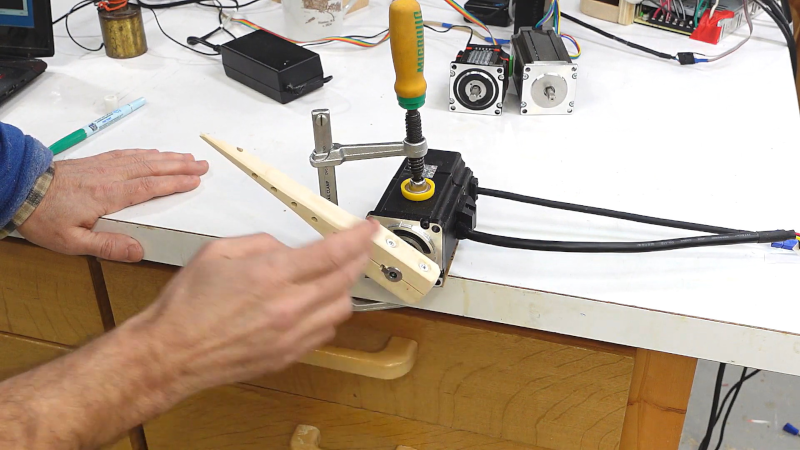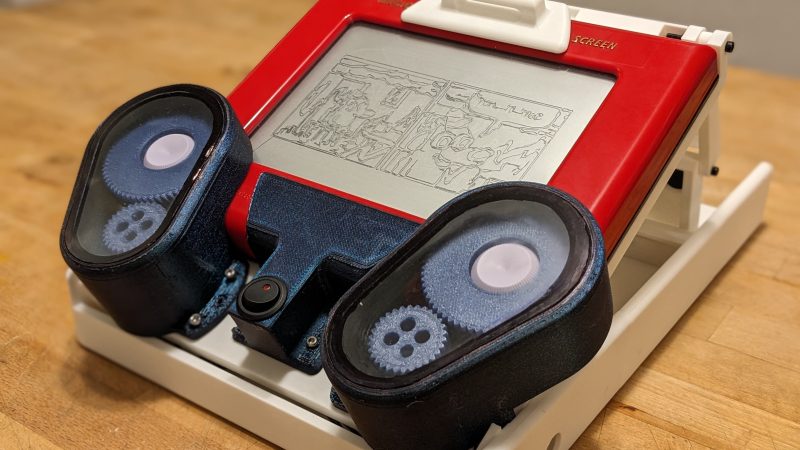Stepper motors are a great solution for accurate motion control. You’ll see them on many 3D printer designs since they can precisely move each axis. Steppers find uses in many robotics projects since they provide high torque at low speeds.
Since steppers are used commonly used for multi-axis control systems, it’s nice to be able to wire multiple motors back to a single controller. We’ve seen a few stepper control modules in the past that take care of the control details and accept commands over SPI, I2C, and UART. The AnanasStepper 2.0 is a new stepper controller that uses CAN …read more
 Continue reading Hackaday Prize Entry: Modular Stepper Control→
Continue reading Hackaday Prize Entry: Modular Stepper Control→



